Why Jade Plant Leaves Fall Off: 7 Reasons
-
Pete Ortiz
- Last updated:
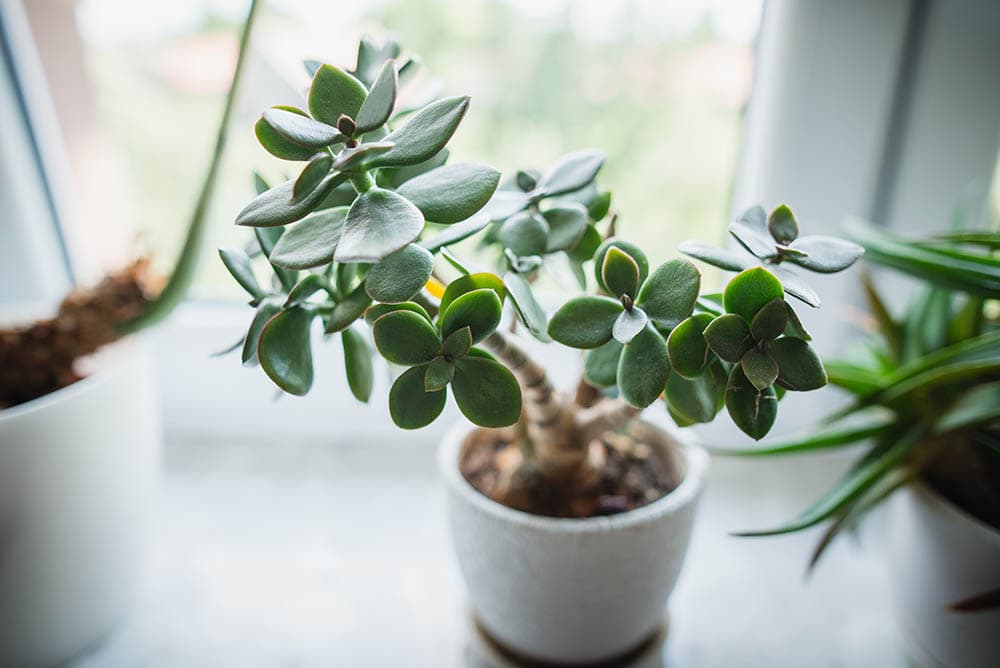
In all its succulent majesty, the jade plant is a staple in homes and offices across the country. Not only is it great for your interior decor, but it’s also great for your indoor air quality.
If you own a jade plant, you know how easy it is to take care of the plant. So when its leaves start dropping off, it’s only natural to get a little worried. To help you out, we’ll highlight a couple of reasons why the leaves of jade plants fall off and how you can stop them from doing so.
Is It Normal for the Jade Plant to Shed Its Leaves?
As plants grow older, they naturally shed their leaves, and the jade plant is no exception. In doing so, it conserves energy and enough water to survive through old age and harsh conditions. While dropping leaves is perfectly normal for aged jade plants, it’s not for the younger plants. Here are a few other reasons why your jade plant is shedding its leaves.
The 7 Reasons Why Jade Plant Leaves Fall Off
1. Underwatering
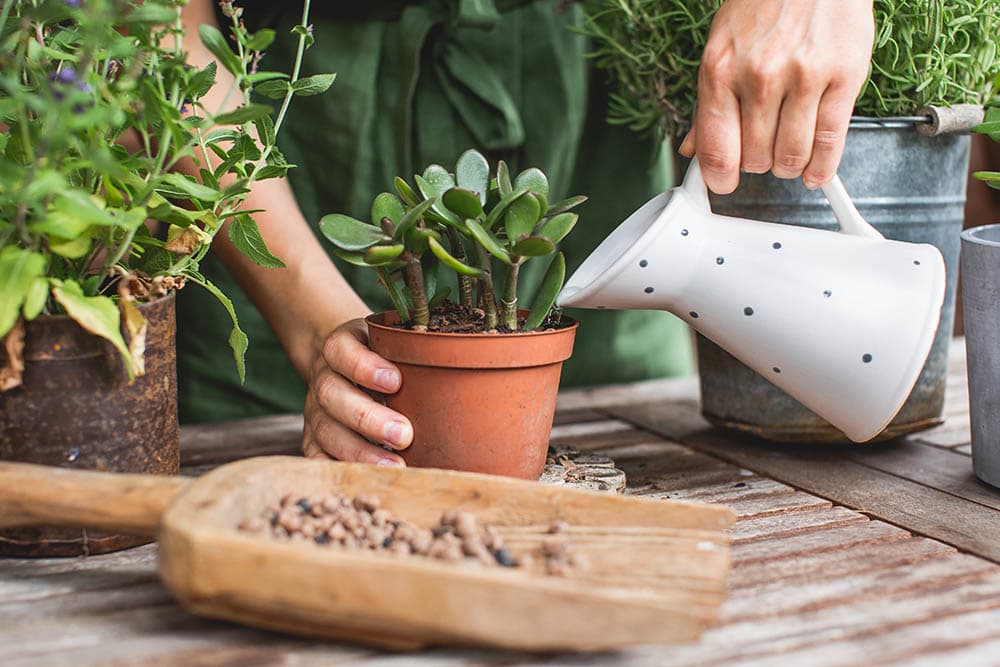
Plants need water to make their food so they can grow and reproduce. Without enough water, the jade plant shrivels, and its leaves start drooping and eventually falling.
It’s worth noting that jade plants are succulent, which means they store water in their leaves. As such, you don’t have to water them as often as you would other plants. But this doesn’t mean that you should ignore them completely.
Water your jade plants at least once every two or three weeks. This will ensure the plants have enough water to survive and flourish.
2. Overwatering
As mentioned above, jade plants are succulents and don’t need a lot of water to survive. Overwatering your jade plants will have the same effect as underwatering them; the leaves will start falling off.
Ensure you never place your jade plant in standing water for too long. Also, regularly check the soil in your plant’s pot to ensure it’s not damp or soggy. If so, withhold the water until the soil dries off.
Don’t forget that jade plants are susceptible to root rot. Root rot occurs when there’s too much water in the soil, preventing the roots from getting enough oxygen to survive. The roots eventually die and start to decay.
If you spot any soft areas on the plant’s roots or branches, take the plant out of its pot and wash away all the soil on the roots. Prune away any soft roots and branches, and repot the plant in a clean pot with fresh soil.
3. Underexposure to Sunlight
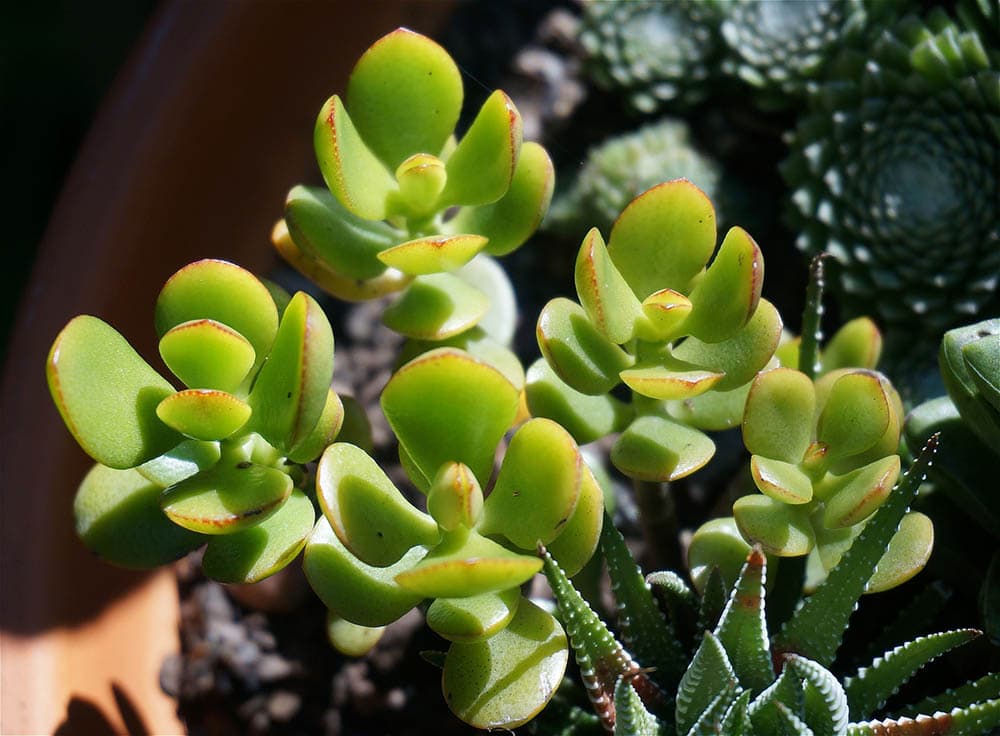
Jade plants need sunlight to photosynthesize and get food to survive. Little or no exposure to sunlight means they can’t make their own food. Eventually, the leaves die and start to drop off.
To avoid this, ensure you place your jade plants near a window to receive as much sunlight as possible. However, be sure to keep them a couple of inches away from the window panes. The cold draft might be detrimental to the plant and worsen the shedding.
For folks living in areas that barely receive sunshine, you can supplement sunlight with light from artificial sources. CFL bulbs are a good option here. These energy-efficient bulbs emit light at the same wavelength needed for plants to make food and grow. While they get the job done, you might need a couple of CFL bulbs to completely substitute sunlight.
4. Sudden Temperature Changes
Jade plants are overly sensitive to temperature. Drastic temperature changes will make their leaves droop and subsequently fall off. That’s why you need to keep your jade plants at temperatures between 55 and 75 degrees Fahrenheit.
Keep a close eye on your thermostat to ensure it doesn’t deviate too much from the optimum temperature. During winter, try to minimize the plant’s time on the window sill. Frost is likely to kill your jade plant.
You’ll notice your plant’s leaves droop when it moves to a new environment. The plant needs to acclimatize to the temperatures in the new environment. To avoid this, slowly prepare the plant for its new environment by subtly adjusting the temperature in your home before the move.
5. Pest Infestation
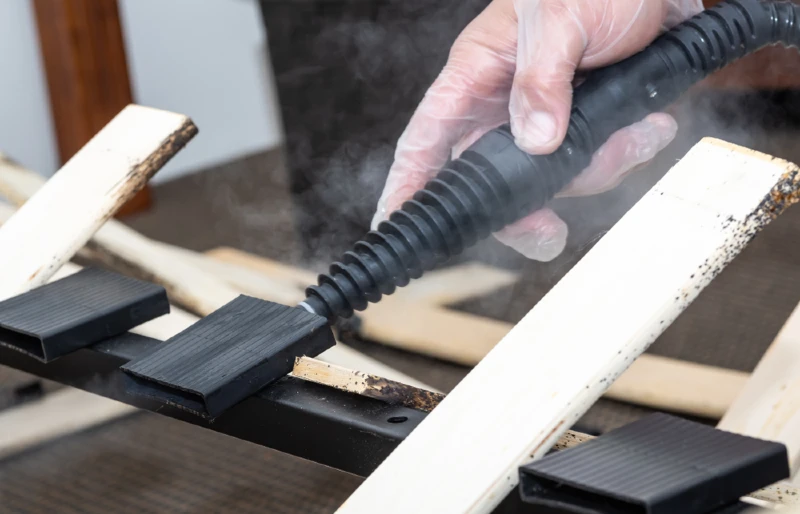
The jade plant’s succulence works to its detriment when it comes to pest infestation. Pests like mealy bugs, aphids, and spider mites love to feed on the plant’s sap, killing it in the process.
Aside from sucking up the plants’ water and nutrients, these pests also make the leaves moist and sticky. This encourages the growth of mold, which makes the leaves droop and eventually fall off.
OTC pesticides work great against pests, but you should only reserve them for severe infestations. For minor cases, rub an alcohol swab over and under the leaves. This should help keep bugs at bay.
6. Excessive Fertilizer
For a healthy and flourishing plant, fertilizer is necessary. However, too much fertilizer will kill your precious plant.
Use NPK fertilizer every three to four months, and make sure you water it down first. You can either water the plant first, then add fertilizer later, or add water to the fertilizer, then pour it on the plant.
Avoid using fertilizer during the winter because it may soften the leaves, leaving them more susceptible to disease. It’s rare for the leaves to fall off because of inadequate fertilizer, so go easy on the fertilizer.
7. Disease and Bacterial Infections
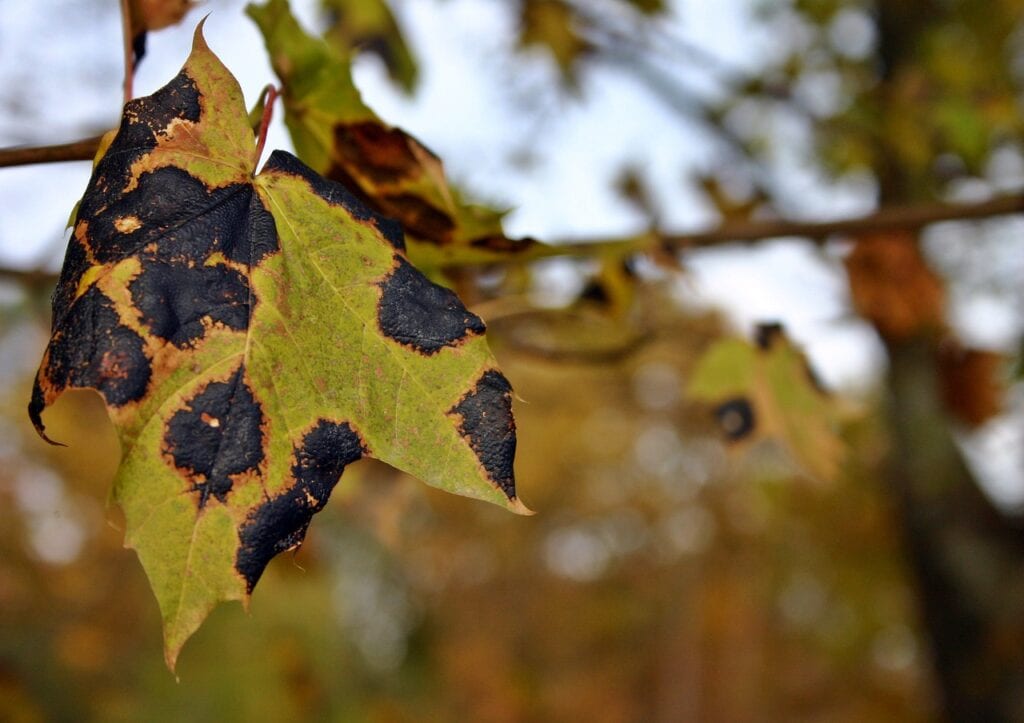
Like any other plant, jade is susceptible to diseases like powdery mildew and black ring disease, among others. These diseases harm the plant and cause the leaves to fall off. Fortunately, it’s easy to identify the said diseases and cure them before they spiral out of control.
Be on the lookout for any signs of disease on your jade plant. These may include black rings or froth on the leaves, soft spots on the roots and branches, or gray leaves. If you spot any of these signs, prune the affected parts and apply the right treatment to save your plant.
Conclusion
While it’s natural for jade plants to shed their leaves when mature, don’t let your plant turn leafless because of negligence. Take good care of your plant by giving it enough water, sunlight, and fertilizer. Again, take care of any pests or diseases the moment you notice any signs of them on your plant. Do this, and you won’t have to worry about your jade plant dropping any leaves.
Featured Image Credit: Jus_Ol, Shutterstock
Contents


